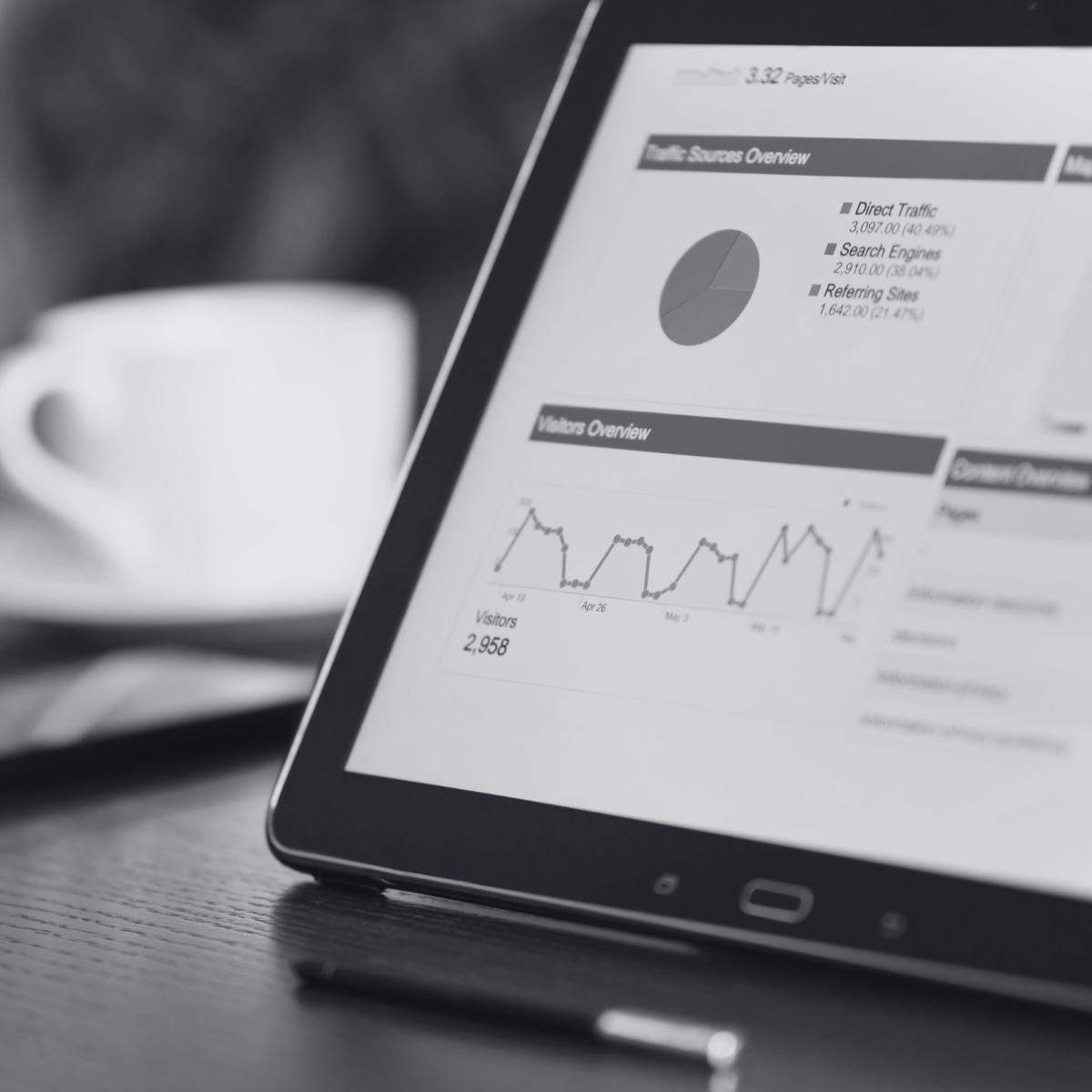What is Enterprise Architecture?
The simplest way I explain Enterprise Architecture (EA) is by comparing it to Urban Planning. Urban Planning “encompasses the preparation of plans for and the regulation and management of towns, cities, and metropolitan regions. It tries to organise sociospatial relations across different scales of government and governance*.” And similarly, Enterprise Architecture is a blueprint that defines an organisation’s structure and operation, enabling it to achieve its strategic goals.
Often Enterprise Architecture is seen as only accessible or relevant to larger organisations. I’m not exactly sure why – perhaps because of the resource it requires or the false assumptions that it’s complicated and expensive. But, if we go back to the simple idea of Enterprise Architecture being the equivalent of Urban Planning, every organisation, no matter its size, can benefit from a clearer picture of how it needs to run effectively and efficiently to make sound strategic decisions.
How Software and Business Processes can drive strategic growth for SMEs.
I use software as an umbrella term to cover things like your email platform – whether it’s Microsoft Exchange, Outlook or you’re set up with Gmail. You could also be using iCloud, Google Drive, or One Cloud for storage. It also includes the accounting software you are using, and you might even have different applications for tracking expenses. And if we incorporate your marketing in there, you’ve got your website, social media, and all those other external touchpoints. So, you can start to see that, regardless of how big or small you are, there’s a certain level of complexity that needs to be managed. And this is where Enterprise Architecture can come to the rescue and help organise this complexity and ensure your technology ecosystem evolves appropriately.
Enterprise Architecture helps you understand the processes across your business and how technology supports them. What software is currently used, and how do they connect with other applications? How is the information stored and transferred from one application to another?
Documenting these reference points means that when a business wants to launch a new product, develop a new service, expand into a new market or buy a new piece of software to help alleviate a particular pain point, it can look at these reference points and say, how does this objective/need fit within our current ecosystem? Do we already have the technology that we could use further? What should we outsource? What software is costing us too much, or are we doubling up on applications? Asking these questions and documenting your answers will optimise operations and help you achieve your strategic goals.
Where should an SME begin with EA?
I would always start with what I call a Capability Map, an alternative way of visualising your organisation. We’re used to the org chart as a quick view of what your organisation is all about, a who’s who in the zoo. And whilst that’s not a wrong way of representing your business, it’s not a holistic way of doing it. Also, the biggest problem with an org chart is that they change. So, when somebody leaves, we might shuffle some of the responsibilities and rename some roles. If you ever restructure your company, things are going to change again.
A Capability Map is a much more fundamental way of representing the business because it’s the holistic view of all the capabilities needed to deliver your product and service to your customer. It encompasses the aspects of people, processes, tools and other physical entities related to your organisation’s capability.
Enterprise Architecture is helpful for operational decisions, but I also think it needs to be seen as a strategic tool. That way, the value is recognised in building these artefacts through a fact-based, data-driven decision process that can help you prioritise your strategic objectives, manage your growth and future-proof your business.
Capability Mapping Fundamentals
- Get Clear on your whole business capabilities
Get all your business leaders together to identify your organisation’s various core business processes. Sales and Marketing, Finance and Accounting, Product Development, and Supply Chain you need all these people around the table to build out your Capability Map across the entire business.
- Optimise your Technology
Start to overlay the software and technology that support all these capabilities. Identify the core platforms and the secondary technology you need to use. Where does everything connect? Do we have multiple processes and technology supporting one capability? Is there any point in trying to streamline these technologies, and could an existing application be leveraged further and replace another?
- Get Practical
Another practical way of using a capability map to support your strategic growth is to use the outputs to identify what capabilities you might be lacking, what you might need to acquire or what other capabilities you need to develop to stay ahead of your competition.
* https://www.sciencedirect.com/topics/social-sciences/urban-planning



.png)
-1.png)
-1.png)

.png)
.png)
.png)
-1.png)
-1.png)
-1.png)
-1.png)







